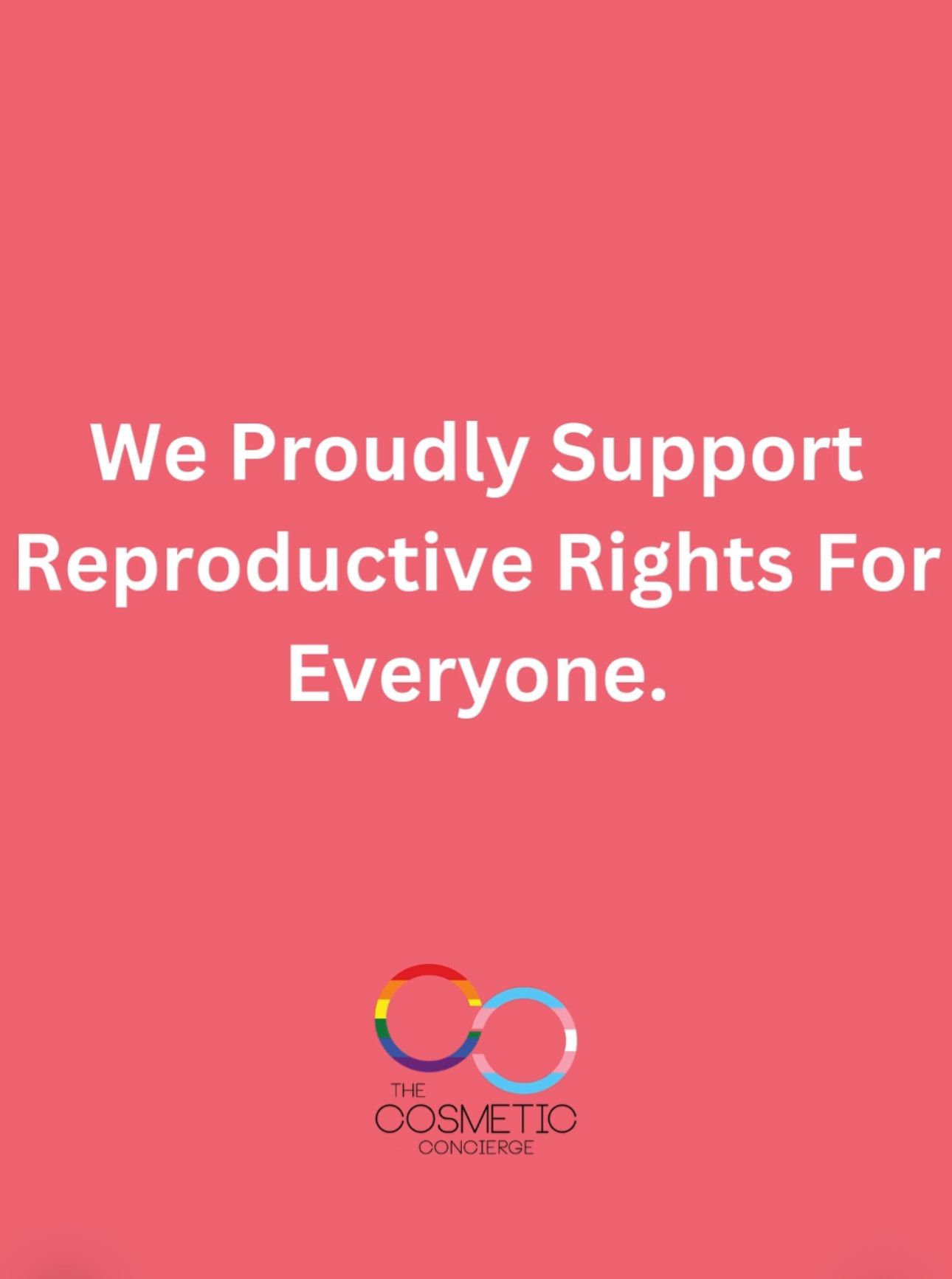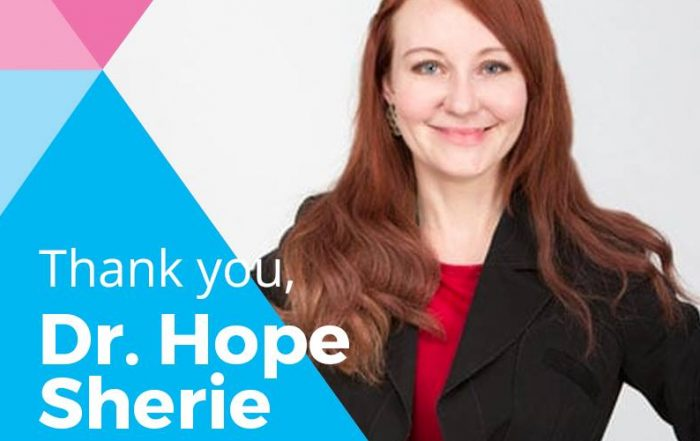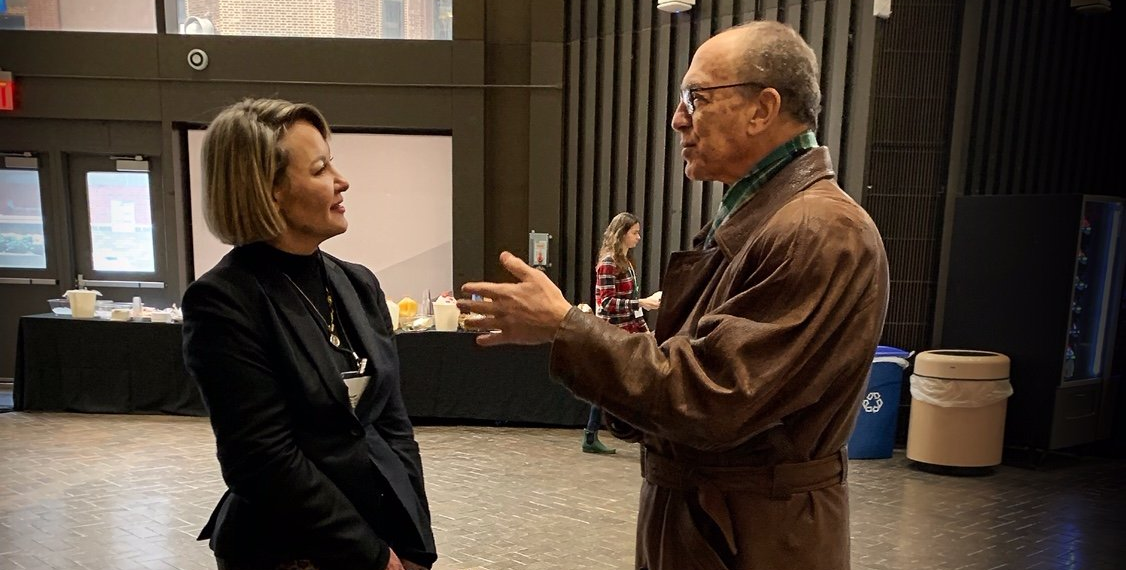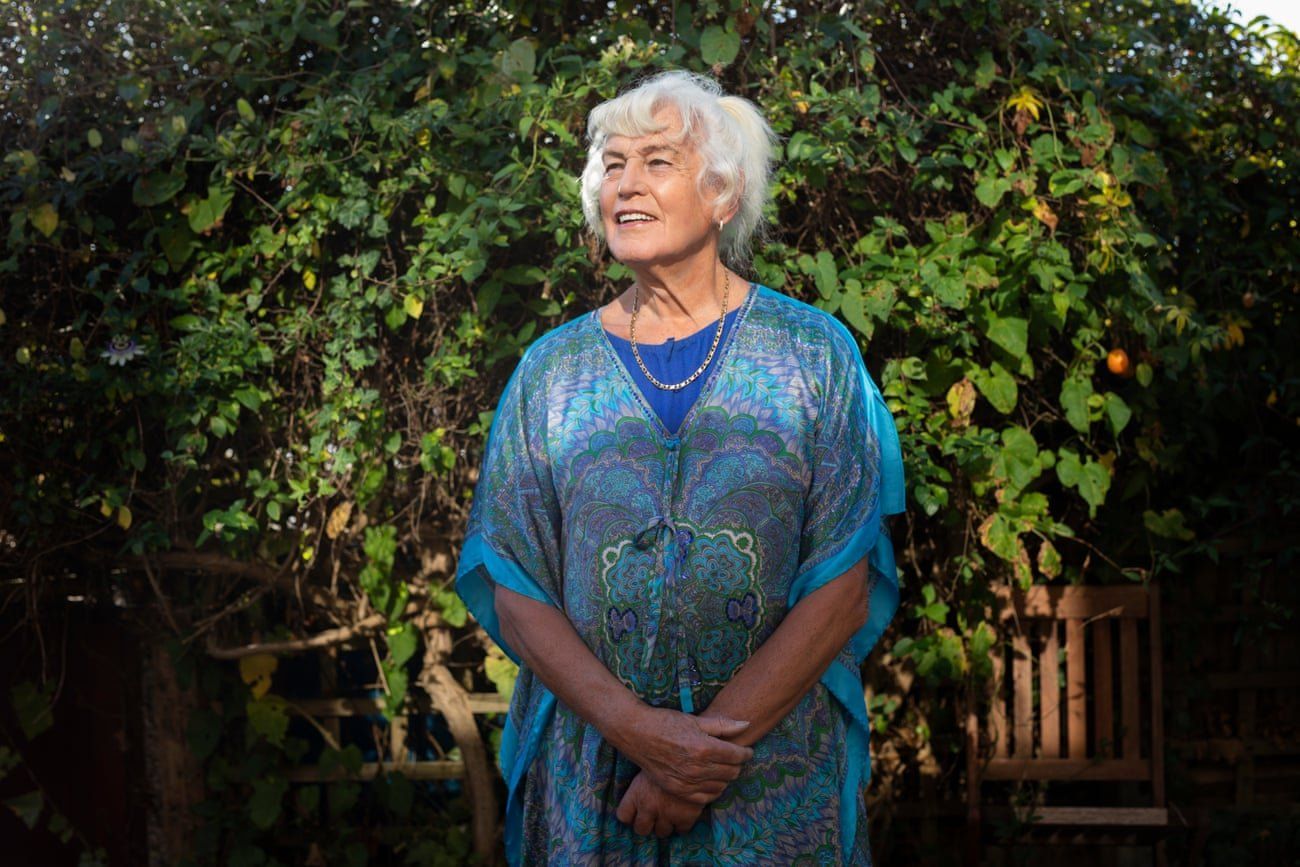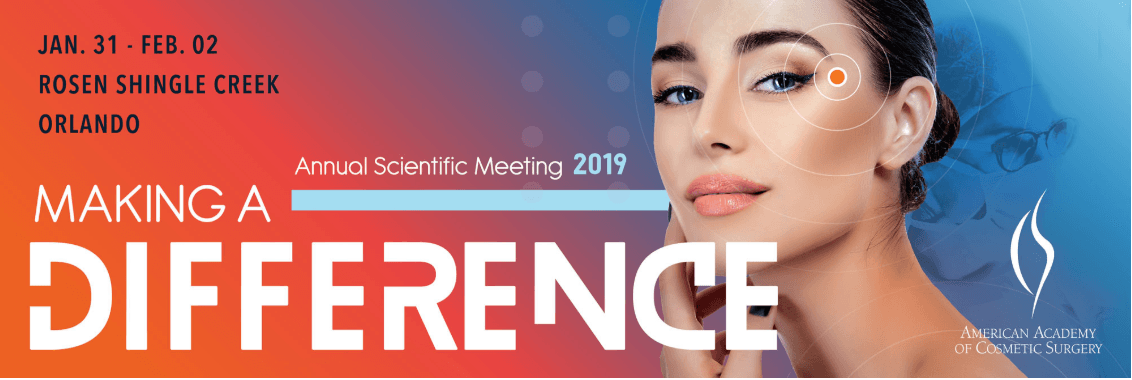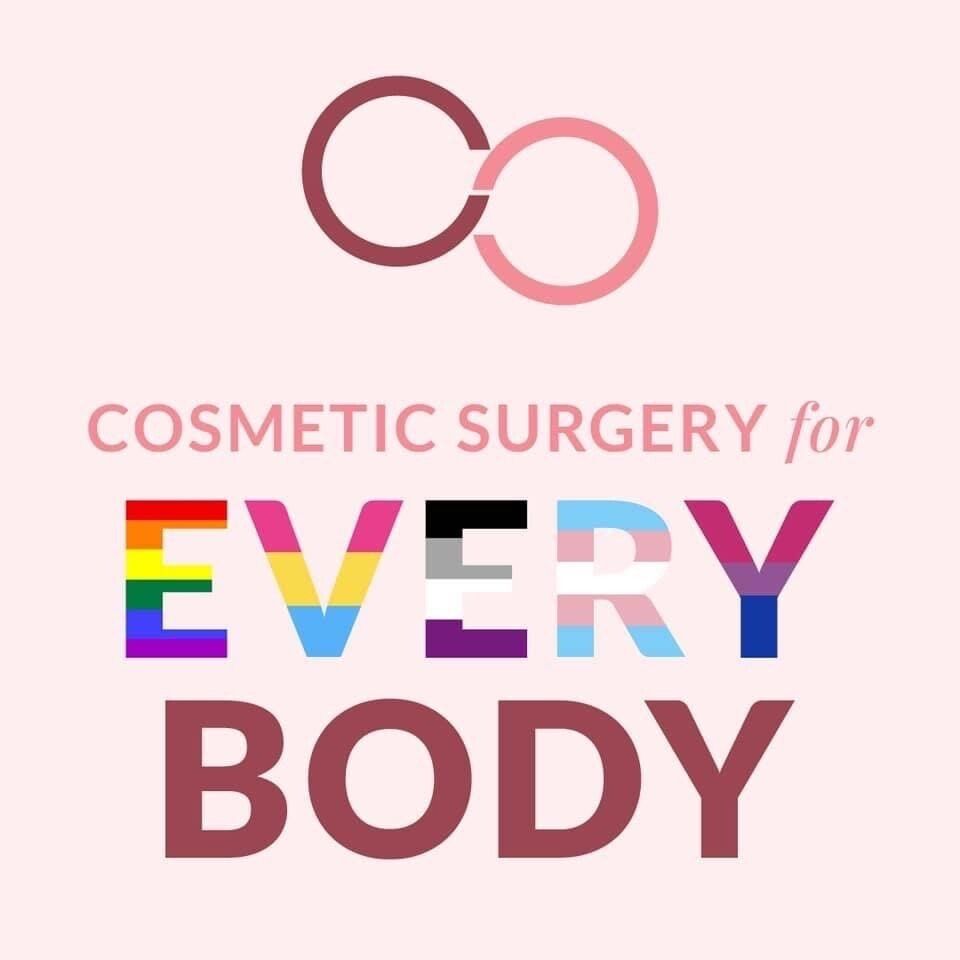Four Things You Don’t Know About Cosmetic Surgery History
Cosmetic Surgery Is Not A Modern Phenomenon.

Breast Augmentation Did Not Begin With Implants
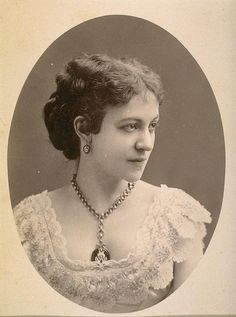
Plastic Surgeons Did Not Develop Liposuction

As early as the 1920’s, a French general surgeon experimented with body contouring by curettage (scraping away) of the fat beneath the skin. But, without modern antibiotics or anesthesia, his patients did not always fare well. In the early 70’s, two Italian gynecologists rekindled interest when they developed thin hollow canulas through which fat could be sucked free without disrupting major blood vessels.
But, it was not until Dr. Klein, a dermatologist working in California, perfected the tumescent technique in the mid 80’s that liposuction could be reliably performed without excessive bleeding and skin rippling.
Tumescent fluid consists of sterile saline (salt water), lidocaine (a numbing agent) and epinephrine (aka adrenaline which constricts blood vessels and decreases bleeding and absorption of the fluid). We infuse tumescent fluid throughout the areas to be treated breaking up packets of fat and making liposuction much safer, and less painful.
Since the late 1990’s some cosmetic surgeons, myself included, have begun using ultrasound assisted liposuction, or VASER lipo. After infusing tissue with the tumescent fluid, a small canula is used to direct ultrasound energy throughout the fat to be removed–this melts the fat into a smooth gel which can be removed with precision and control. That removed liquefied fat is also perfect for re-injection into areas like the face or butt or hips where more volume may be desirable.
An Opthamologist Developed Botox To Treat Crossed Eyes

Dr. Alan Scott changed the face of America – LITERALLY – but that was not his goal. “You never know what’s going to happen the first time you do these things,” he told CBS News in 2012. Building on work by biochemist, Dr. Edward J. Schantz and physiologist Dr. Vernon Brooks who respectively purified botulism toxin and confirmed its muscle relaxing properties in the 50’s; Dr. Scott experimented with botulinum toxin type A in monkeys, theorizing its muscle-relaxing effects might help in the treatment of crossed eyes (or strabismus). After successful animal testing in the 60’s In 1978, Scott received FDA approval to inject tiny amounts of botulinum toxin into human volunteers and soon realized that not only were the injections correcting strabismus; but also temporarily smoothing his patients facial wrinkles.
In 1990 Dr. Scott sold his interest in Botox to the pharmaceutical company Allergan for $8 million. Sounds good until you know that today’s sale of the drub are more than ONE BILLION DOLLARS A YEAR – and counting. And although it is now best known as a wrinkle eraser; Botox has been approved for use in the treatment of a variety of disorders including muscle contractures after strokes, migraine headaches, excessive sweating and incontinence and studies have shown its ability to improve even more conditions as disparate as anal fissures and depression!
